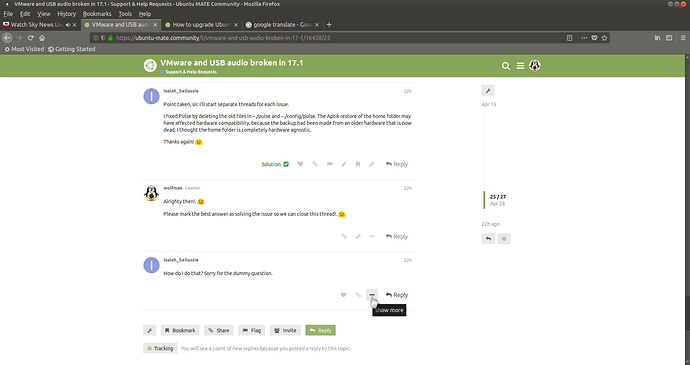I should have tried that indeed. Here is what has happened in the meanwhile. My SSD arrived. I dd copied the MBR and then rsync copied all the folders other than home to the new drive. I switched the boot drive in BIOS hoping for the best, but nope—blinking cursor, no Grub.
Anyway, I plugged in my USB optical drive and fired up 17.1 Live thinking I might as well separate my root and home folders now since I have Aptik backup to restore my custom apps and settings. Well, 17.1 installation failed and it offered to send a bug report, but desktop was dead—no mouse or keyboard input did anything. But, before that it had warned me that if I continue with UEFI installation other OSes may become unbootable.
Sure enough, the working 17.1 on another drive did indeed become unbootable—it starts out fine, showing the logo and scrolling dots, and then drops to [initramfs] prompt, and blinking cursor. After a few minutes I hard rebooted out, and tried installing 17.1 without booting up Live. This time it crashed while installing ‘efi-grub-amd-64’ (? something like that) – my Thinkpad is an Intel, so not sure why it wanted to install that.
I gave up and decided to give Windows 10 a spin. It installed fine, and is running now. I will burn 18.04 to a disk and install it on a 16Gb embedded SSD which had been doing swap duty before, and use the 120Gb SSD as home. I suppose dual boot is the sensible option for me. I can eliminate use of the Windows VMs. There is only one program I really need, and I use it intensively when I do, i.e. no multi tasking. So, switching over to Windows for a couple of hours at a time, once or twice a week, until this project is done.
That’s the story. You’ve been just great, Wolfman, thanks again! 






